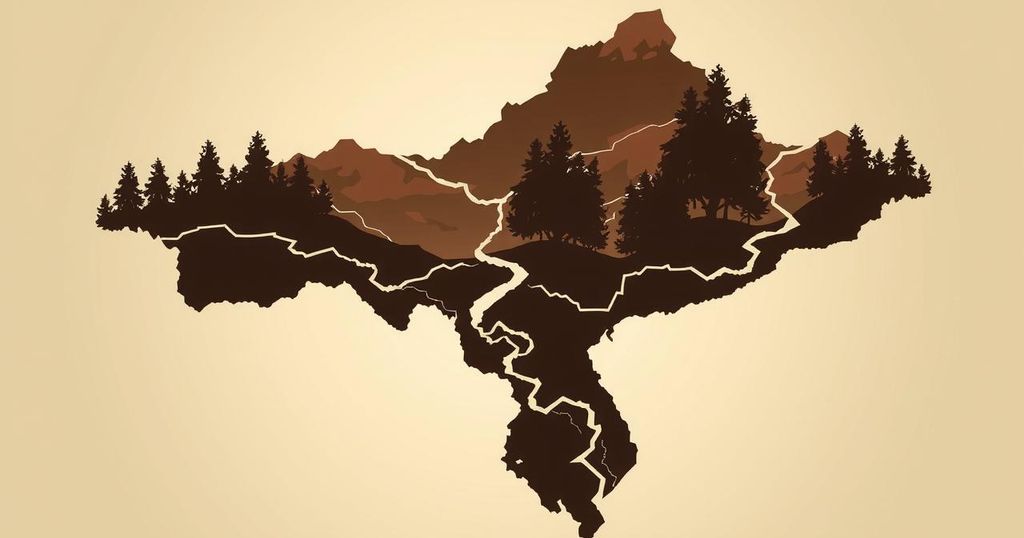The M23 rebel group, supported by Rwanda, recently gained control of Goma and is advancing toward Bukavu, intensifying a crisis in the DRC. Armed by Rwanda, M23’s territorial ambitions threaten to escalate conflicts regionally. Diplomatic tensions with Rwanda remain high, challenging the DRC’s governance and stability, which has led to significant internal outrage and instability.
The M23 rebel group, supported by Rwanda, recently took control of Goma, the capital of East Kivu, on January 26, and has expanded its control over significant mining sites in the Kivu provinces. This territorial acquisition occurred after Congolese defense forces, MONUSCO, and foreign mercenaries retreated. Following a temporary humanitarian ceasefire, M23 advanced toward Bukavu, intensifying an ongoing crisis that threatens to destabilize the Democratic Republic of Congo (DRC) further and potentially escalate into a broader regional conflict.
The M23 rebels have been consistently armed and supported by Rwanda, with thousands of Rwandan troops reportedly aiding in their territorial conquest. The motivation behind this aggression mainly revolves around Rwanda’s desire to access Congolese valuable minerals. Diplomatic tensions have intensified between the DRC and Rwanda following President Tshisekedi’s election in 2019. Historically, the M23 is linked to earlier Rwandan-supported rebellions formed to protect the Congolese Tutsi populace against violence.
Originally established in 2012, M23 emerged when Congolese Tutsi officers mutinied, leading to the first capture of Goma. This prompted significant international intervention, establishing a UN peacekeeping force in the region. Since re-emerging in 2021, M23 has gained ground despite failed diplomatic initiatives between Presidents Tshisekedi and Kagame. With diminished UN presence and international pressure, M23’s recent advance appears uncontested.
In the immediate future, M23 is expected to govern Goma with continued Rwandan assistance, while also seeking to capture Bukavu. The situation presents multiple scenarios: a potential regional war if M23 persists in territorial claims, a possible standoff with M23 retaining essential mining sites, or a peace agreement arising under international pressure—each scenario affecting regional stability differently.
Kinshasa has expressed significant outrage over the government’s failure to defend its territorial integrity, exacerbated by attacks on embassies seen as supporting Rwanda. The loss of Goma has further destabilized domestic politics, undermining President Tshisekedi’s governance. Currently, Credendo categorizes the DRC’s political risk as critical, reflecting heightened instability and conflict.
The ongoing crisis in the Democratic Republic of Congo has deep historical roots, primarily linked to ethnic tensions and resource competition in the Kivu provinces. The M23 rebel group, predominantly composed of Congolese Tutsi, has its origins in broader regional conflicts stemming from the Rwandan genocide in the 1990s. The DRC has struggled with various insurgencies over decades, with neighboring Rwanda often playing a controversial supporting role. The control of mineral-rich territories continues to fuel these conflicts, making regional stability elusive.
In summary, the rise of M23 in eastern Congo, bolstered by Rwandan intervention, poses a serious threat to both national and regional stability. The DRC faces significant political and military challenges, heightened by the loss of Goma and potential further territorial gains by the rebels. Without effective international mediation or intervention, the situation may deteriorate, leading to increased violence and humanitarian crises across the region.
Original Source: credendo.com






